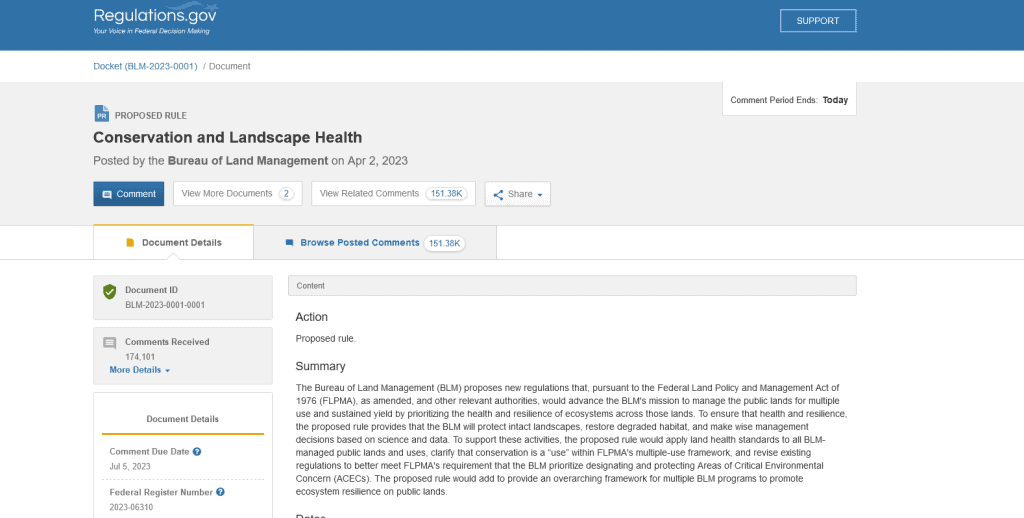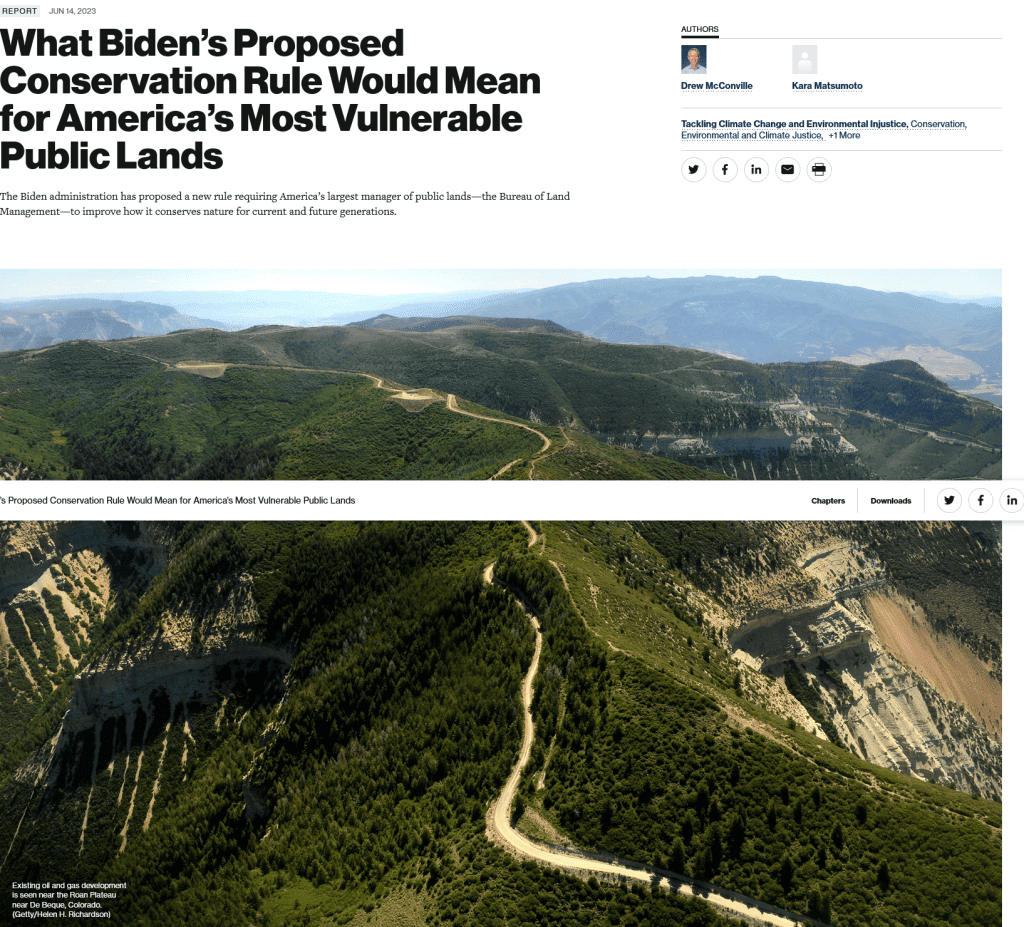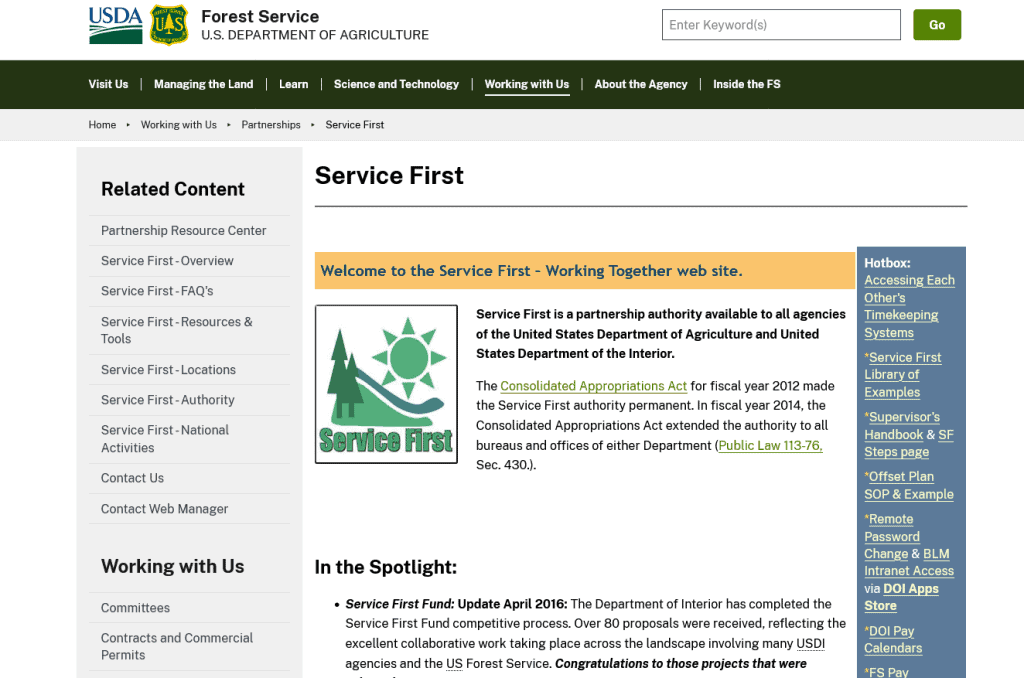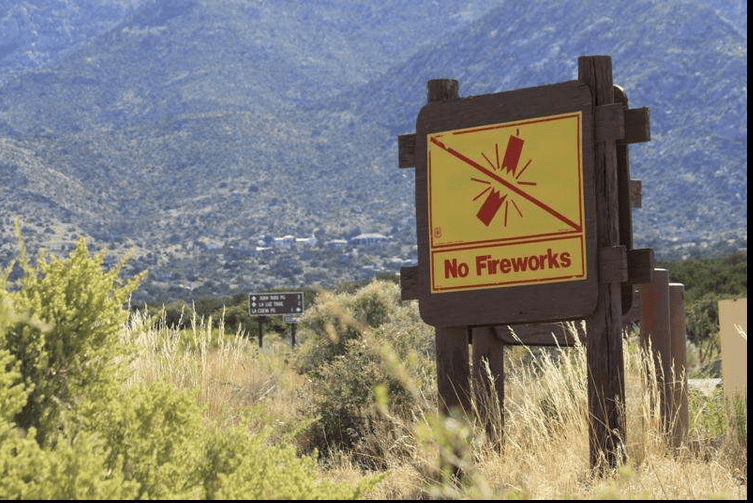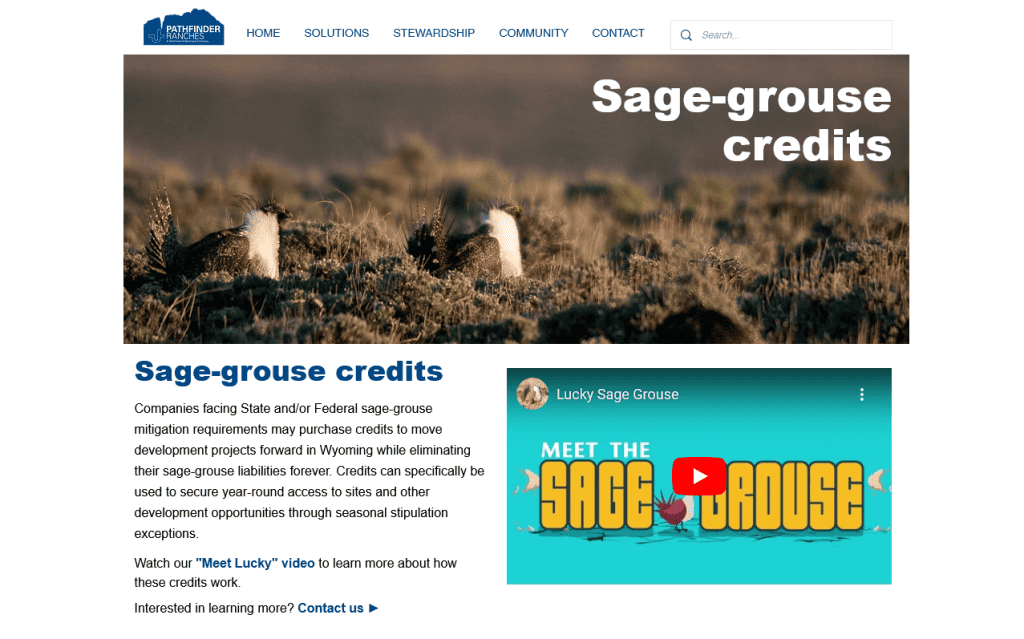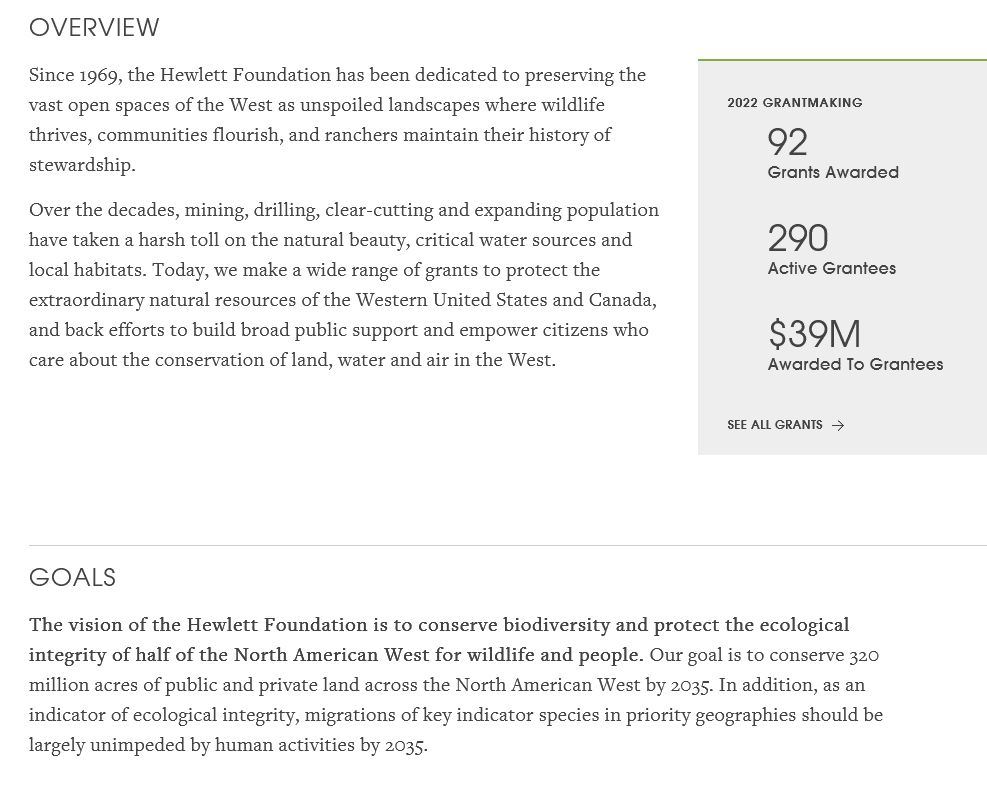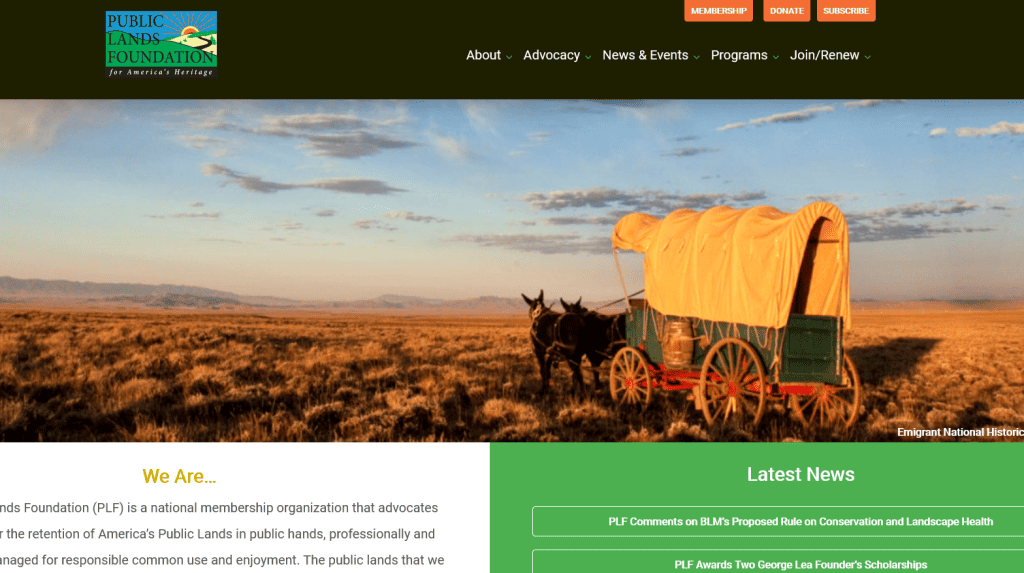I promise that this will be the last post on the BLM Proposed Rule for awhile.
Here’s a comment letter I’m submitting.. feel free to use any parts you’d like. Apologies for the formatting.
Today is the last day for comments.
Here’s the link to post your comment.
Comment Letter- Proposed BLM Rule
I am (give your background). Here are my comments:
- Process
This Proposed Rule would work better as an ANPR than a proposal. Similar to the Forest Service ANPR related to mature and old-growth, this effort works better as an information-gathering exercise than a rule-making.
Public
- Coordination with States has been lacking. States are key to the success of conservation.
- Public meetings in restricted areas
- Supposed outreach via field managers not transparent
- Tribal consultation not clear.
Agencies
- Other federal agencies need to weight in, OIRA review recommended. DOE and USDA have key intersecting responsibilities.
NEPA
- This effort requires more than a CatEx, preferably an EIS, when the alternatives are more fully fleshed out.
- Terms That Should Be Clarified and Harmonized With Partner Agencies
Definitions From the Proposed Rule:
Conservation means maintaining resilient, functioning ecosystems by protecting or restoring natural habitats and ecological functions.
Protection is the act or process of conservation by preserving the existence of resources while keeping resources safe from degradation, damage, or destruction.
Restoration means the process or act of conservation by assisting the recovery of an ecosystem that has been degraded, damaged, or destroyed.
If conservation means only protecting and restoring, that does not fit with definitions such as that of USDA Natural Resource Conservation Service.
“The protection, preservation, management, or restoration of natural environments and the ecological communities that inhabit them. Conservation is generally held to include the management of human use of natural resources for current public benefit and sustainable social and economic utilization.”
Now, recreation is one of the traditional multiple uses, so might not be included in the new term of conservation. Conceivably a trail used by humans on foot, horseback, bicycles, e-bikes, or motorized vehicles would not fit into the new term “conservation”.
Intactness
The claim is made that areas can be identified and “protected”- although it is not clear from what they are to be protected; since they are currently unprotected and are qualifying as intact. Presumably from oil and gas, and not from renewable energy, strategic minerals, new recreation projects, invasive species, wildfires, nor climate change. Intactness is a word that is not used by the Forest Service and would be new to them and to other partners. Plus the idea of mapping it would be more work for BLM employees. If it’s intact now, it must have been adequately “protected” in the past.
It seems to me also that the BLM should clarify its priorities by identifying renewable and strategic minerals sites before any intactness analysis is done. Otherwise employees will be analyzing at potential cross-purposes and industry partners may be wasting their time and delaying the energy transition.
- III Conservation Leases
The case has not been made for conservation leases over current BLM authorities. The Center for American Progress and Public Lands Foundation comment letters have excellent examples of existing mitigation agreements. Perhaps a better approach would be, instead of complicating this for all concerned, industry and the BLM, would be to disseminate training on “Best Mitigation Agreement Practices”. I hope that in any future proposals, the need would be made clear.
There is also a need for flexibility in these kinds of mitigation agreements. As in one comment letter, what if the mitigation habitat area burns up two years into the lease? A more flexible mitigation agreement (possibly with RAC or other public input) would allow changes at any time as needs change. Keeping the mitigation efforts as a benefit to the local environment and to local communities (with their input) would also be desirable.
- Land Health
My experience in the Forest Service is that seldom do new abstractions and analyses lead to any difference in the disagreements that individuals have over what should be done on Federal lands. It does divert time and funding from doing restoration and protection work on the ground; for both employees and partners. The idea that more analysis will lead to “wise decisions” is fairly demeaning to those civil servants who are making decisions today. If there is a need for more information, then a logical step would be coordinate with partner agencies to avoid duplication and obtain better information across landscapes. The effort to get more information does not need to be in regulation.
- Capacity, Capacity, Capacity
Finally, as climate changes stresses systems and as people respond to changing conditions in the environment and economically, such as the shortage of housing for employees and housing costs, we should be careful about imposing new requirements on the already-overburdened employees. Congress is asking them to expedite renewables and strategic minerals, suppress wildfires and develop fuel breaks and wildfire mitigation, and handle expanding recreation growth and impacts with current under staffing and the difficulty of hiring more employees. These are the things they are already required to do. It would be preferable to engage employees and others in an effort, instead , to ask “what could be taken off your plate?” “what could be streamlined?” “what could be coordinated with the Forest Service and/or other Interior Agencies to reduce the total workload?”
Thank you for the opportunity to comment, please feel free to contact me if you have questions.
